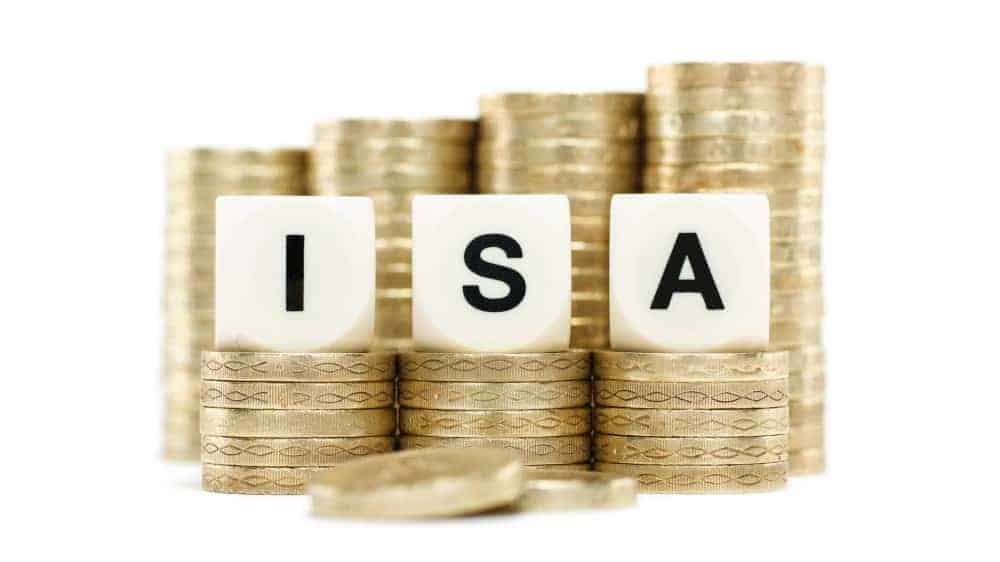Share this page:
You’re probably familiar with at least one type of ISA. Perhaps you use it regularly, or maybe it’s something you’ve been meaning to get around to.
Either way, there are plenty of myths and misunderstandings out there about ISAs. And they’re not the good kind of folklore myths, they’re traps that could leave you worse off. So, with some expert help, I’m going to expose some of these tall tales and reveal the juicy bits you need to know.
10 ISA money myths exposed
To help make sure you’re making the most of these epic accounts, Sarah Coles, senior personal finance analyst at Hargreaves Lansdown, breaks down the fourth wall to expose 10 ISA money myths.
Cash ISAs
1. “My savings aren’t taxed anyway”
Although most of us don’t pay tax on savings, what you may not realise is that this could change very quickly.
If your salary goes up and you move from basic to higher rate, your tax-free savings allowance drops from £1,000 to £500 and you could end up facing a surprise tax bill. Using a Cash ISA isn’t just about today, it’s about protecting your savings from future tax.
2. “Interest rates are too low to bother”
The best savings accounts offer pretty paltry interest rates, even with recent rate rises.
Although most ISA rates are below those of standard savings accounts, the difference is so small that Cash ISAs may soon offer better value because of the tax advantages.
3. “I’ll just use a savings account and switch to an ISA when tax becomes an issue”
The ISA limits can change and they’re not guaranteed.
So, if you build up a significant chunk of savings, it’s impossible to know if the allowance will be generous enough at the time you want to make the switch. It’s a much better idea to plan ahead.
Stocks and shares ISAs
4. “I don’t pay tax on investments”
Each year you get a Capital Gains tax-free allowance of £12,300 and a dividend allowance of £2,000 for investments held outside a stocks and shares ISA.
This may sound like a lot if you’ve just started investing. But as your wealth builds, you’ll quickly start hitting these thresholds. Using a top stocks and shares ISA account means your portfolio is protected from tax for life!
Junior ISAs
5. “You shouldn’t take risks with your child’s savings”
If anything, a junior ISA is probably the best way to take calculated risks and invest in a Foolish (with a capital F!) style.
Investing does carry risks, but setting your children up with a junior ISA and then teaching them about the basics of investing is a great way for them to learn and watch their money grow.
Lifetime ISAs
6. “I’m not buying a property right now, so I don’t need one”
A Lifetime ISA (LISA) comes with two time limits and some excellent perks.
The account must be open at least 12 months before you can use it to buy a property, and you can’t open an account once you hit 40. Your circumstances will likely change over time, so it’s a good idea to set one up while you can.
7. “I already have a house, so I don’t need a LISA”
Although a LISA is a great tool for purchasing your first property, it’s also a fantastic way to save for retirement.
Once you’ve taken advantage of your pension allowances, a LISA is the next best thing. You get a 25% bonus on savings and the added benefit is that income from a LISA is tax free!
ISA investment planning
8. “Stock markets are too volatile, so I’ll wait and see”
Markets have been choppy lately, but that’s just their nature. If you look at long-term growth and zoom in on a price chart, you’ll see that the reality is plenty of ups and downs.
Trying to time the market is a fool’s game. Using a direct debit to consistently drip-feed savings into an account such as the Hargreaves Lansdown Stocks and Shares ISA can be the best way to spread your risk.
Moving an ISA
9. “My money is tied up in an ISA”
Money held in an ISA is usually more accessible than you might think. If your plans change, nowadays it’s often easy tp access your funds with no tax penalty.
10. “Once I’ve opened an ISA, I’m stuck with it”
ISAs are much more flexible than they were when they first came on the scene.
You’re now able to switch providers, change between types of ISAs, split your allowances, or consolidate your accounts to make them easier to manage. The possibilities are endless!
Please note that tax treatment depends on the individual circumstances of each individual and may be subject to future change. The content of this article is provided for information purposes only. It is not intended to be, nor does it constitute, any form of tax advice. Readers are responsible for carrying out their own due diligence and for obtaining professional advice before making any investment decisions.
Was this article helpful?
YesNo
About the author
George is a freelance writer focused on educating others in personal finance, tax, and investing. He’s a qualified Financial Adviser and previously worked within property and insurance in a number of different countries…. Read More<!—->
Share this page:
Some offers on The Motley Fool UK site are from our partners — it’s how we make money and keep this site going. But does that impact our ratings? Nope. Our commitment is to you. If a product isn’t any good, our rating will reflect that, or we won’t list it at all. Also, while we aim to feature the best products available, we do not review every product on the market. Learn more here. The statements above are The Motley Fool’s alone and have not been provided or endorsed by bank advertisers. John Mackey, CEO of Whole Foods Market, an Amazon subsidiary, is a member of The Motley Fool’s board of directors. The Motley Fool UK has recommended Barclays, Hargreaves Lansdown, HSBC Holdings, Lloyds Banking Group, Mastercard, and Tesco.
This post was originally published on Motley Fool






